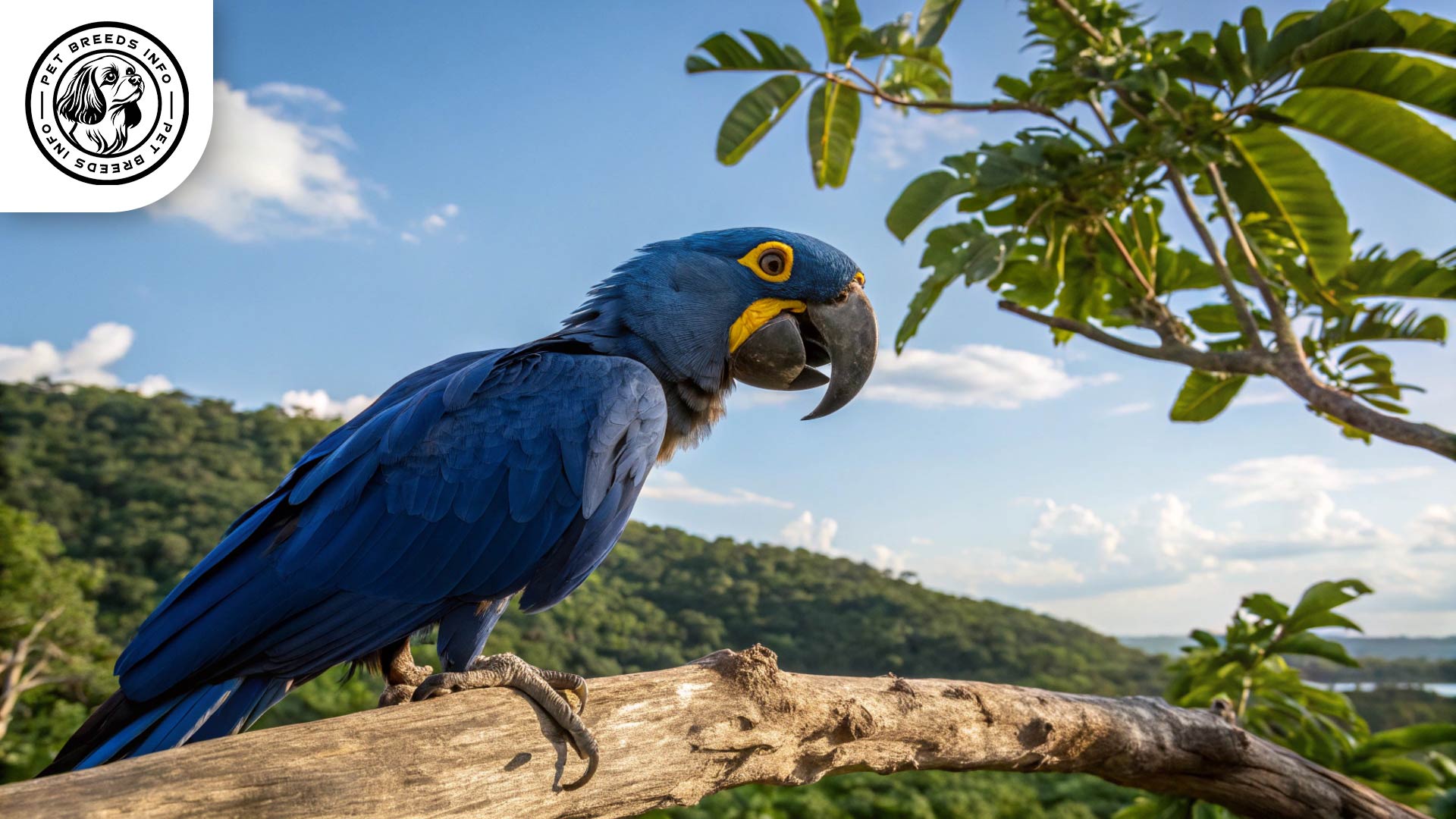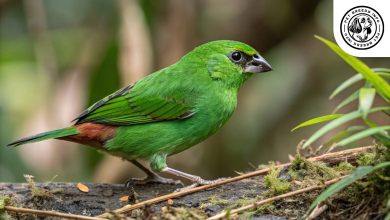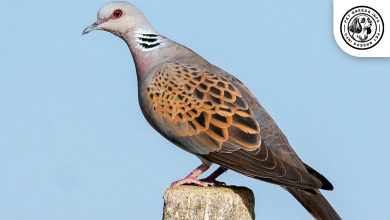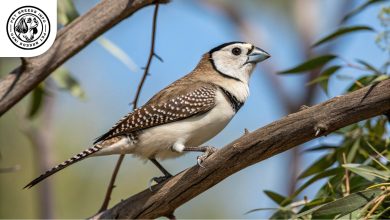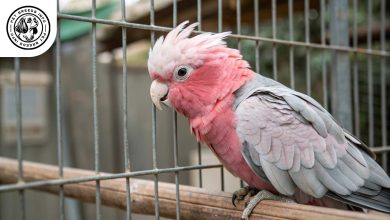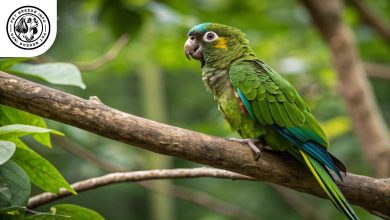Hyacinth Macaw Bird: Personality, Lifespan, Food & Care
General Introduction of the Breed
The Hyacinth Macaw (Anodorhynchus hyacinthinus) is the largest flying parrot species in the world, known for its stunning cobalt-blue feathers and charming personality. It is also referred to as the “Blue Macaw” due to its striking blue plumage. Native to South America, particularly Brazil, Bolivia, and Paraguay, this exotic bird has been admired for centuries.
Historically, the Hyacinth Macaw was prized for its vibrant appearance and friendly temperament. Unfortunately, due to habitat destruction and illegal pet trade, its population has declined, making conservation efforts crucial to its survival.
Table of Contents
| Common Name | Hyacinth Macaw, Blue Macaw |
| Scientific Name | Anodorhynchus hyacinthinus |
| Origin | South America, particularly Brazil, Bolivia, and Paraguay |
| Size | Length: about 40 inches (100 cm), Wingspan: up to 4 feet |
| Lifespan | 50 to 60 years with proper care |
| Talking Ability | Highly trainable and can learn commands, tricks, and even words with proper reinforcement. |
| Colors | Rich, deep blue plumage, bright yellow ring around their eyes, yellow markings around the beak, dark brown eyes, black beak. |
| Noise Level | While not explicitly stated as a “noise level,” the text mentions they require ample mental and physical stimulation and can develop behavioral issues like excessive screaming without proper engagement. This implies they can be noisy if bored or stressed. |
| Social Behavior | Very social and form strong bonds with their owners, often displaying affectionate behaviors. They thrive on social interaction and should not be left alone for long periods. Generally interact well with families and older children. |
Physical Characteristics
The Hyacinth Macaw is the largest of all parrots, with an impressive wingspan of up to 4 feet.
Adult birds can reach a length of about 40 inches (100 cm) and weigh between 2.6 to 3.7 pounds (1.2 to 1.7 kg).
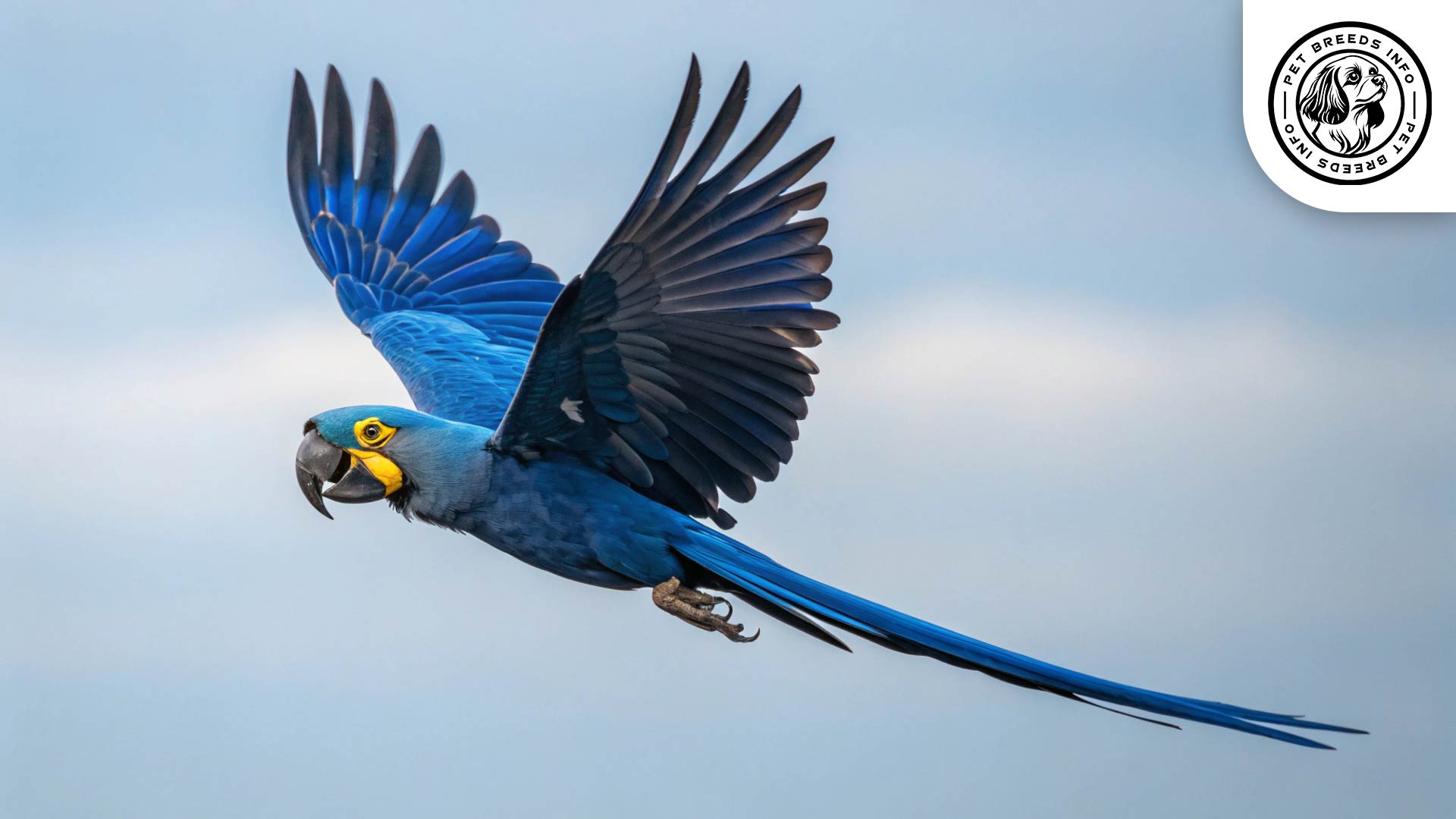
Their plumage is a rich, deep blue, with a bright yellow ring around their eyes and yellow markings around the beak.
They have dark brown eyes that contrast beautifully with the surrounding yellow skin.
Their beak is large, strong, and black, enabling them to crack open hard nuts effortlessly.
Their tail is long and tapered, enhancing their elegant appearance.
Read More: Blue and Gold Macaw Bird
Personality and Temperament
Hyacinth Macaws are highly intelligent birds with remarkable problem-solving skills.
They are very social and form strong bonds with their owners, often displaying affectionate behaviors.
They require ample mental and physical stimulation, as they can become bored easily without proper engagement.
These birds are generally gentle and friendly, making them suitable for experienced parrot owners.
They are known to be playful and inquisitive, always exploring their surroundings.
While they can adapt to a variety of environments, they are sensitive to stress and sudden changes.
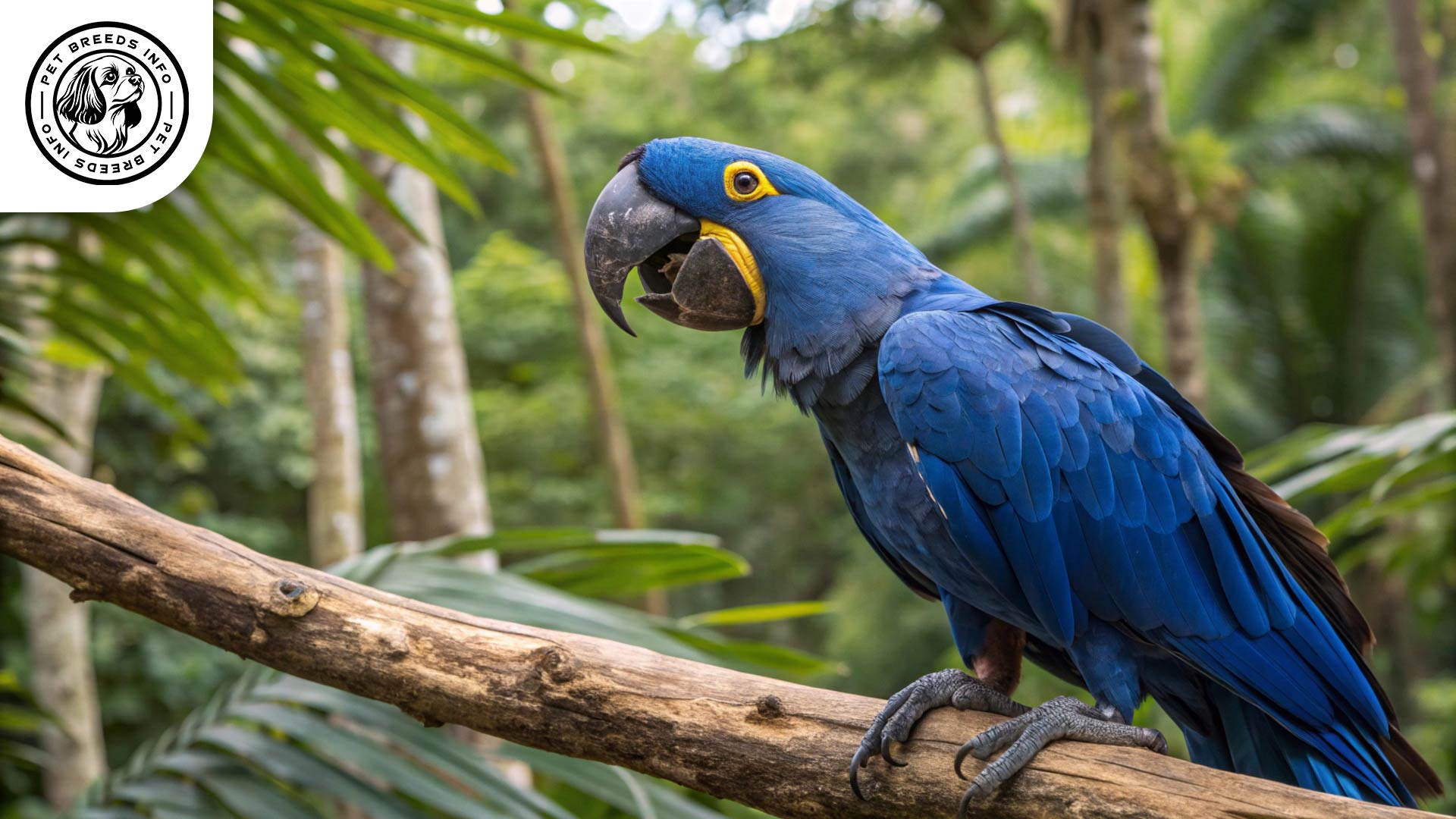
Care and Maintenance Requirements
Hyacinth Macaws need plenty of space, so a large aviary or a sizeable cage is essential.
They require at least 2-3 hours of out-of-cage time each day to stretch their wings and explore.
Regular interaction and socialization are crucial to prevent stress-related behaviors.
They do not shed excessively, but occasional grooming, including beak and nail trimming, is necessary.
They are sensitive to extreme temperatures, so maintaining a stable, warm environment is ideal.
Routine dental and beak checks help ensure their overall health.
Read More: Black-headed Caique Bird
Diet and Nutrition
In the wild, Hyacinth Macaws primarily feed on nuts, particularly palm nuts, which provide essential nutrients.
As pets, they should be fed a well-balanced diet consisting of nuts, fruits, vegetables, and high-quality pellets formulated for large parrots.
Foods to avoid include chocolate, avocado, caffeine, and salty or sugary foods.
Portion sizes should be managed carefully, and fresh water should always be available.
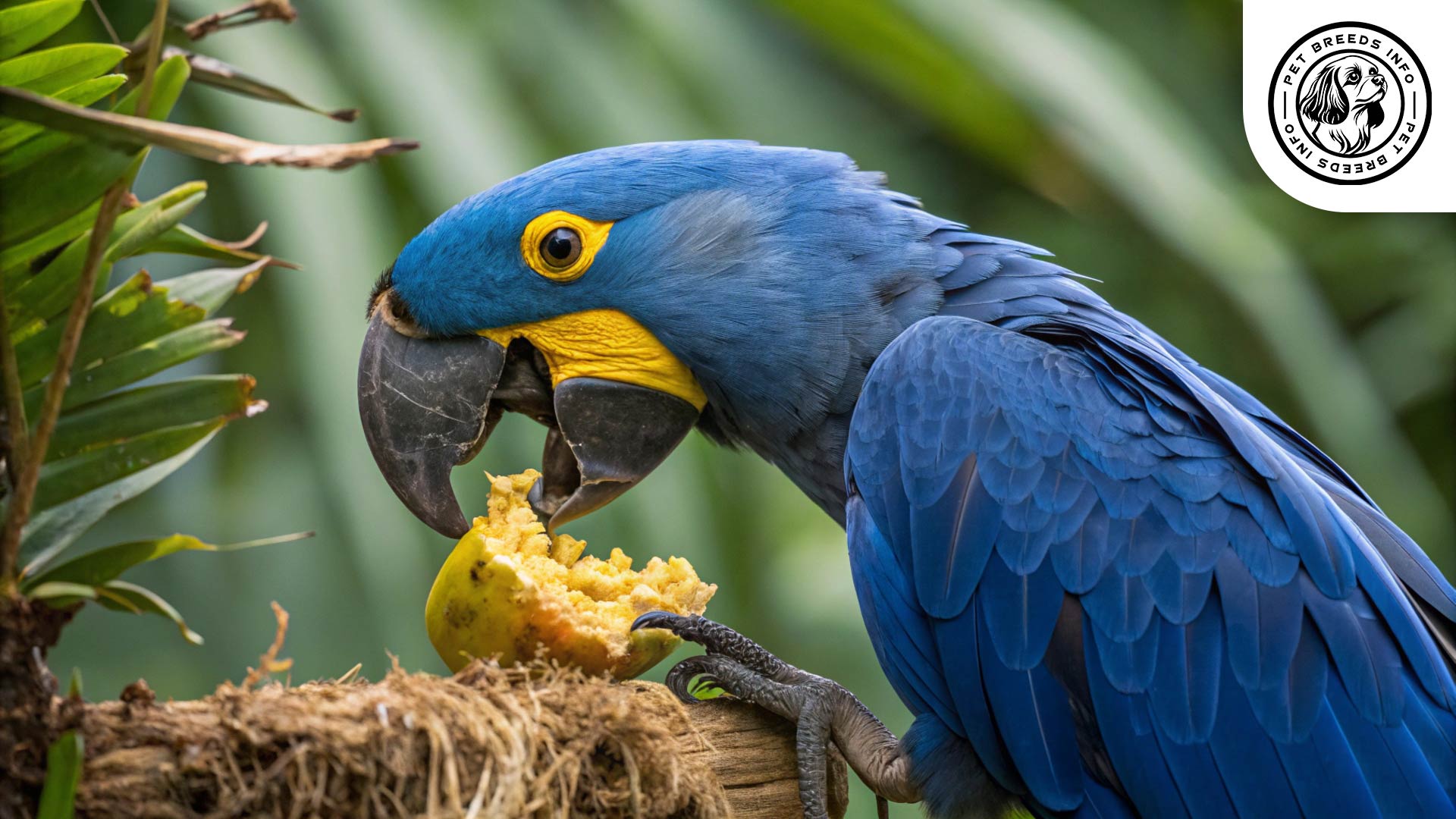
Health and Common Medical Issues
Common health issues include vitamin deficiencies, beak overgrowth, and respiratory infections.
They are prone to Psittacine Beak and Feather Disease (PBFD) and fungal infections.
These birds typically have a lifespan of 50 to 60 years with proper care.
Regular visits to an avian veterinarian are crucial for their overall well-being.
Training and Behavior Management
Hyacinth Macaws are highly trainable and can learn commands, tricks, and even words with proper reinforcement.
Positive reinforcement methods such as praise and treats work well for training.
Early socialization is key to ensuring they develop well-adjusted behaviors.
They need a consistent routine to prevent behavioral issues like excessive screaming or feather plucking.
Interaction with Other Animals and Humans
These parrots are affectionate and form deep bonds with their owners.
They generally interact well with families and older children but may not be suitable for young kids due to their strong beaks.
They can coexist with other birds but require proper introductions to avoid conflicts.
They thrive on social interaction and should not be left alone for long periods.

Price and Availability
The price of a Hyacinth Macaw ranges between $10,000 to $15,000, depending on the breeder.
Adoption options are available through rescues, but availability is limited due to their rarity.
It is essential to acquire them from reputable breeders who prioritize ethical breeding and conservation.
Read More: Black-faced Firefinch
Conclusion and Final Thoughts
The Hyacinth Macaw is a magnificent bird best suited for experienced parrot owners due to its high maintenance needs.
They require ample space, socialization, and a specialized diet to thrive.
With proper care and dedication, they become affectionate, lifelong companions that bring joy to their owners.
Potential owners should consider their longevity, dietary needs, and social requirements before bringing a Hyacinth Macaw home.
FAQ
What is the most distinctive feature of a Hyacinth Macaw?
Their stunning cobalt-blue feathers and their status as the largest flying parrot species.
How long do Hyacinth Macaws typically live?
They typically have a lifespan of 50 to 60 years with proper care.
Are Hyacinth Macaws good pets for beginners?
No, they are best suited for experienced parrot owners due to their high maintenance needs, including ample space, socialization, and a specialized diet.
What do Hyacinth Macaws eat?
In the wild, they primarily eat nuts, especially palm nuts. As pets, they need a balanced diet of nuts, fruits, vegetables, and high-quality parrot pellets.
How big of a cage or enclosure do Hyacinth Macaws need?
They need plenty of space, so a large aviary or a sizeable cage is essential, along with at least 2-3 hours of out-of-cage time daily.
